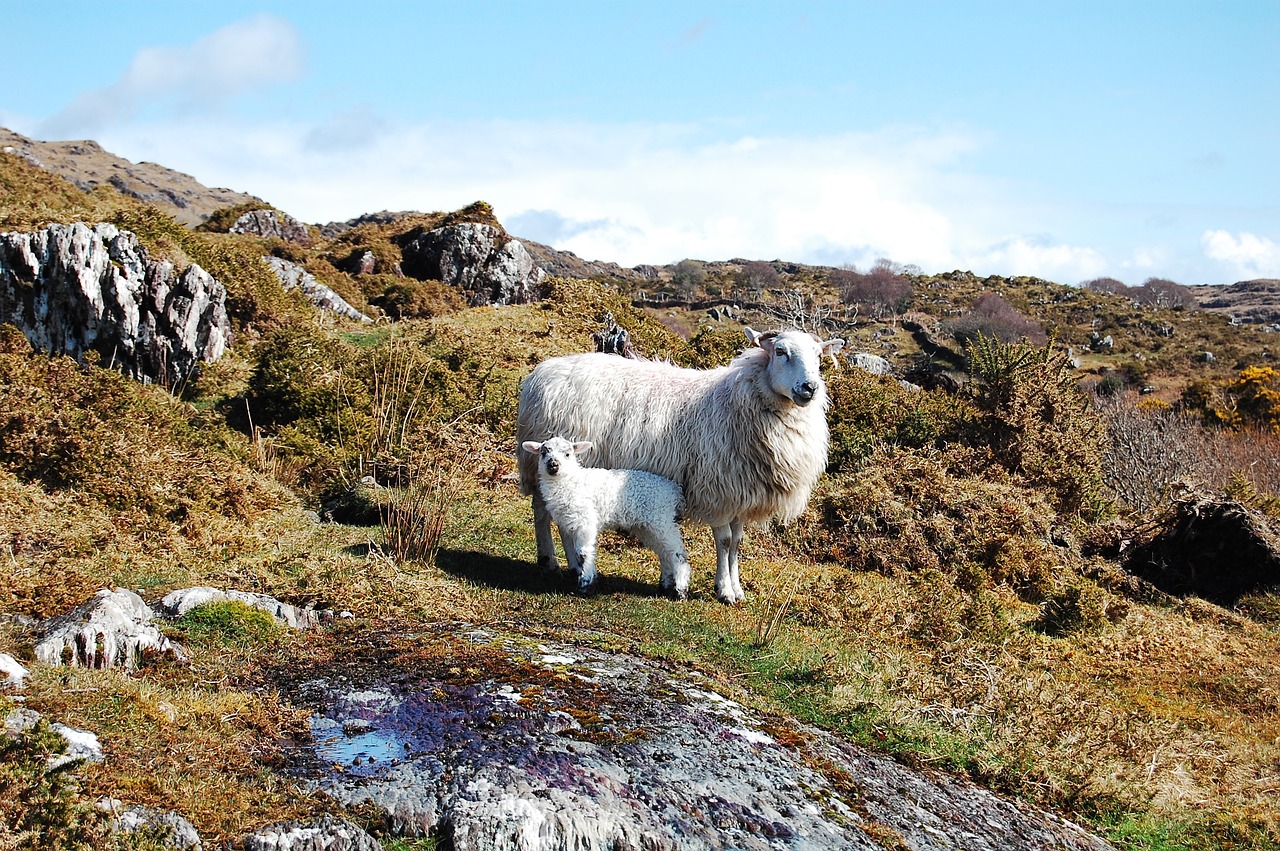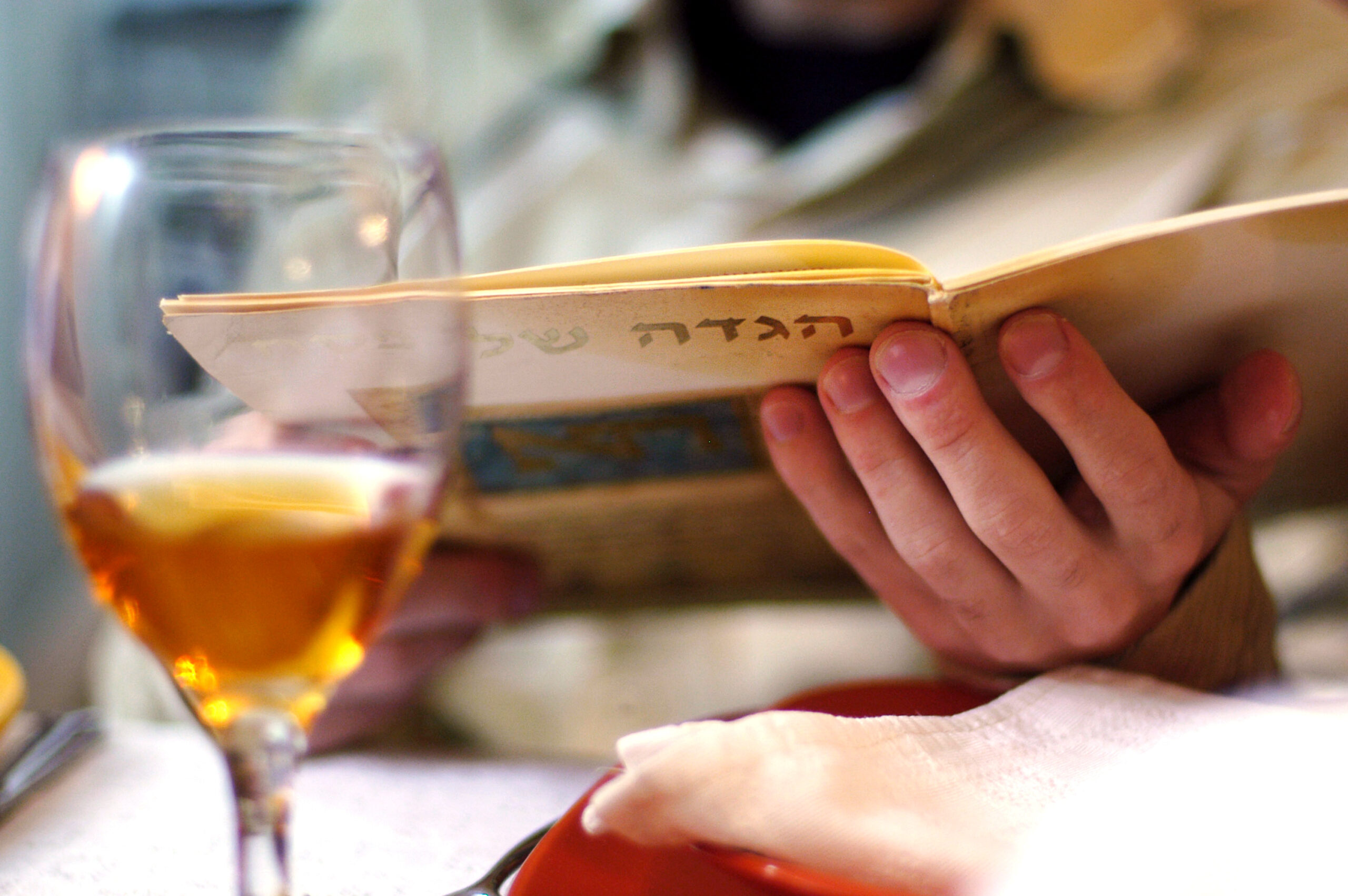We are about to recite the Ten Plagues. As we call out the words, we remove ten drops from our overflowing cups, not by tilting the cup and spilling some out, but with our fingers. This dipping is not food into food. It is tactile and intimate, a momentary submersion into a Nile suddenly flowing red with blood.
We will not partake of our seder feast until we complete this ritual,because our freedom was bought with the suffering of the others.
As we ate our Pascal lambs that last night in Egypt the darkness was pierced with screams. Our doorposts were protected by a sign of blood. But from the windows of the Egyptians rose an anguished cry: the death of their first born.
Ya Sh’china, soften our hearts and the hearts of our enemies. Help us to dream new paths to freedom.
So that the next sea-opening is not also a drowning; so that our singing is never again their wailing. So that our freedom leaves no one orphaned, childless, gasping for air.
The Journey Continues: The Ma’yan Haggadah can be purchased for $12 + $4 s/h by emailing Ma’yan, infomayan@mayan.org.
From The Journey Continues: The Ma’yan Haggadah (Ma’yan, 2000)











